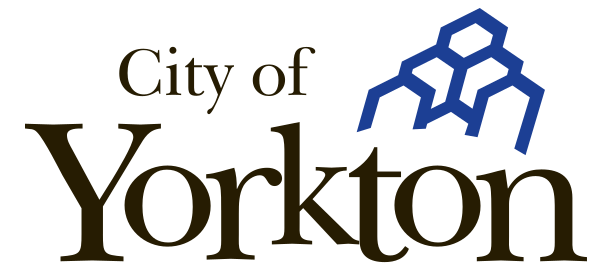Wastewater treatment removes harmful substances from sewage before releasing it back into the environment, protecting public health and ecosystems.
Turning Drain Water into Rain Water
Every drop of wastewater in Yorkton takes a journey of care. It flows to the H.M. Bailey Plant, where it’s cleaned step by step—first screened, then treated with helpful microorganisms and oxygen, and finally clarified to meet strict quality standards before returning safely to Yorkton Creek.
Even the leftovers are put to good use! Sludge goes into heated digesters, creating methane which can be used to heat the plant and biosolids that help with landfill operations
Compliance Reports
Clean water matters to all of us. That’s why we share reports on wastewater treatment and Yorkton Creek health. These reports explain how the plant operates, what challenges we face, and how we keep water safe within our local environment. Read these reports to learn more about our work.
Wastewater Treatment Plant History
Yorkton’s wastewater systems have come a long way. The H.M. Bailey Plant builds on decades of progress, meeting the needs of a growing city with better technology and processes. Explore the full story in our Wastewater Treatment Plant History.
Wastewater Treatment Plant Renewal
Investing in Tomorrow’s Water, Today
The City of Yorkton is undertaking a major renewal of the H.M. Bailey Water Pollution Control Plant. This multi-year project will upgrade aging infrastructure, improve treatment processes, and ensure ongoing compliance with environmental regulations. The project supports ecosystem protection and long-term community growth.
Frequently Asked Questions
Water Quality & Safety
What is wastewater treatment and why is it important?
Where does Yorkton’s wastewater go After it leaves my home or business?
All wastewater enters the sanitary sewer system and is treated at the H.M. Bailey Water Pollution Control Plant before being safely returned to Yorkton Creek.
Is the treated water safe for the environment?
Yes. Treated effluent must meet strict regulatory standards before it can be released back into nature.
What happens to materials removed during treatment?
Solids are processed as biosolids and ultimately disposed of in the Landfill.
What should I not flush or pour down the drain?
Avoid fats, oils, grease, wipes (even “flushable” ones), and hazardous chemicals. These can damage pipes and interfere with treatment.
Contact Us
Environmental Services
Water Treatment Plant
9 Queen Street West, Yorkton
Saskatchewan, Canada S3N 2V6






